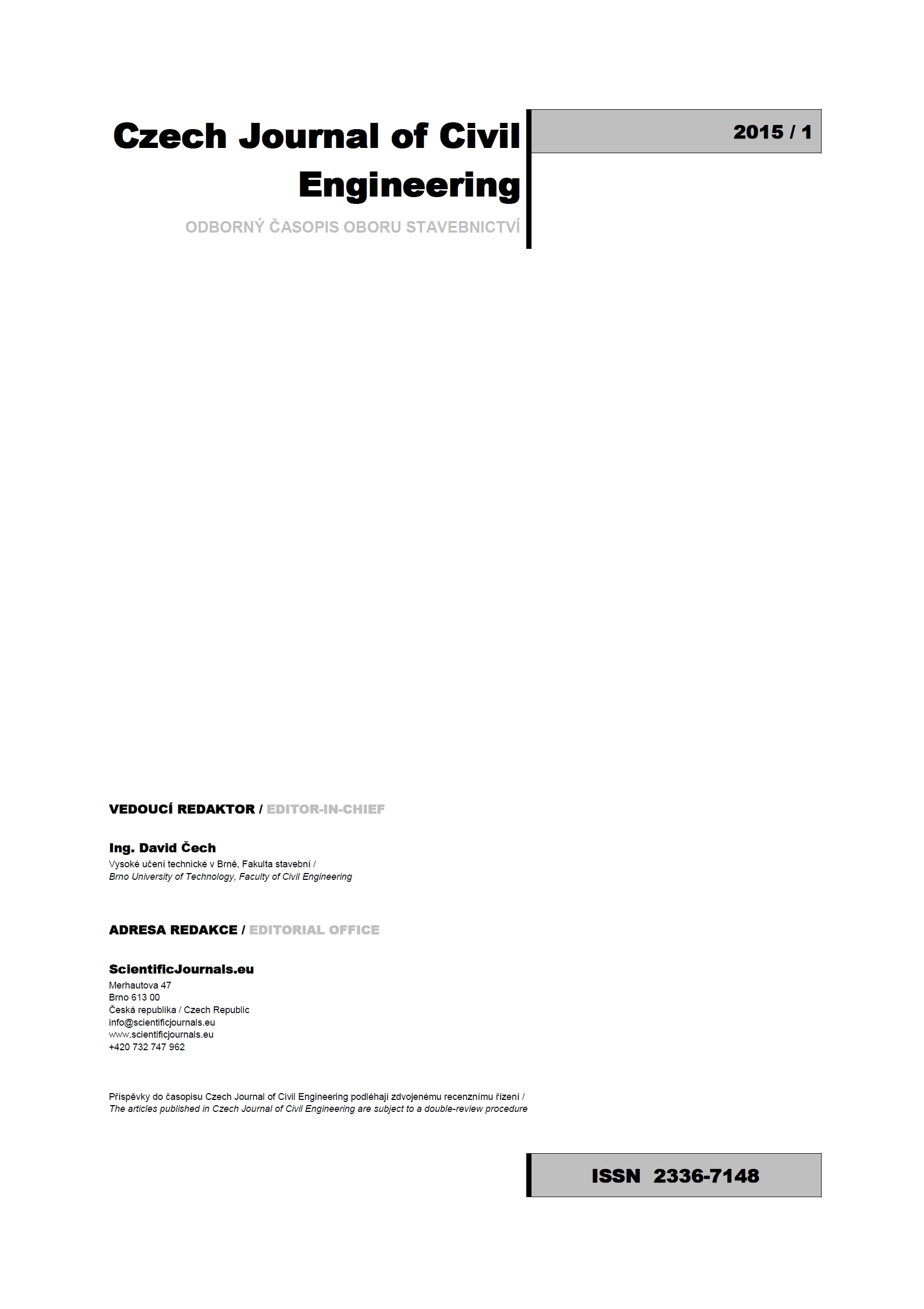ACCOMMODATION OF STRUCTURAL MOVEMENT IN GLASS-ALUMINIUM CURTAIN WALLS
DOI:
https://doi.org/10.51704/cjce.2015.vol1.iss1.pp65-73Klíčová slova:
glass, aluminium, curtain walls, façade engineeringAbstrakt
The problems of the structural movements of buildings and their effects on the building envelopes are discussed in this paper. The widely used methodology for assessing the capacity of curtain wall systems to accommodate different modes of building movement is explained and discussed. It is identified how generic types of structural movement such as live load deflection of floor structures and wind and earthquake induced building sway act on different types of glass-aluminium curtain wall systems. As there is a considerable lack of understanding between the disciplines as to which actual types and stages of building displacements should be considered, a universal analysis approach is proposed. Guidance for special considerations is provided. Special attention is paid to the considerable deviation between the theoretical approach for analysis and the actual behaviour of structures and enclosures observed in praxis, the former being in most cases very conservative.
##plugins.generic.paperbuzz.metrics##
Reference
Schüco, Architekten Informationen und Katalogen., Bielefeld, 2014.
E. C. f. S. (CEN), EN 13830: Curtain walling- Product Standard., Brussels: European Committee for Standardization (CEN), 2003.
F. E. M. A. (FEMA), “FEMA E-74: 6: Seismic Protection of Nonstructural Components.,” 2011. [Online]. Available: http://www.fema.gov/plan/prevent/earthquake/fema74/. [Accessed August 2014].
C. f. W. a. C. T. (CWCT), Technical Note No. 55: Movement accommodation in building envelopes., Bath: University of Bath, UK, 2007.
C. f. W. a. C. T. (CWCT), Technical Note No. 56: Accommodation of structural movement., Bath: University of Bath, UK, 2007.
C. f. W. a. C. T. (CWCT), Technical Note No. 57: Cladding movement., Bath: University of Bath, UK, 2007.
A. A. M. A. (AAMA), AAMA 501.4-09: Recommended Static Testing Method for Evaluating Curtain Wall and Storefront Systems Subjected to Seismic and Wind Induced Interstory Drift., 2009.
A. A. M. A. (AAMA), AAMA 501.6-09: Recommended Dynamic Test Method for Determining the Seismic Drift Causing Glass Fallout from a Wall System., 2009.
Behr, Architectural Glass for Earthquake-resistant Buildings., Glass Processing Days, June 2001, 2001.
W. Behr, “Earthquake-Resistant Architectural Glass: New Design Provisions and Test Methods.,” 2005. [Online]. Available: http://earthquakeadvisor.com. [Accessed September 2005].
S. a. K. Memari, “Static Finite Element Analysis of Architectural Glass Curtain Walls Under In-Plane Loads and Corresponding Full-Scale Test.,” Structural Engineering and Mechanics Journal, 2007.
E. C. f. S. (CEN), EN 1992-1-1: 2005: Eurocode 2: Design of concrete structures- Part 1-1: General rules and rules for buildings., Brussels: European Committee for Standardization (CEN), 2005.
E. C. f. S. (CEN), EN 1990-1-1: 2002: Eurocode 0: Eurocode- Basis of structural design., Brussels: European Committee for Standardization (CEN), 2005.
Stahování
Publikováno
Jak citovat
Číslo
Sekce
Licence

Tato práce je licencována pod Mezinárodní licencí Creative Commons Attribution-NonCommercial-NoDerivatives 4.0.
Creative Commons Attribution-NonCommercial-NoDerivatives 4.0 International Public License
Články publikované v časopise Czech Journal of Civil Engineering podléhají licenci Creative Commons License. Není-li uvedeno jinak, jednotlivé články v časopise Czech Journal of Civil Engineering podléhají licenci typu Creative Commons Uveďte původ-Neužívejte komerčně-Nezpracovávejte 4.0 Mezinárodní Veřejná licence.









